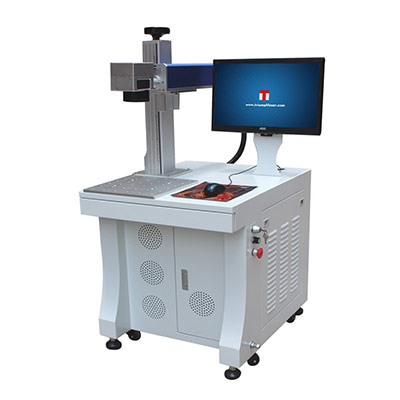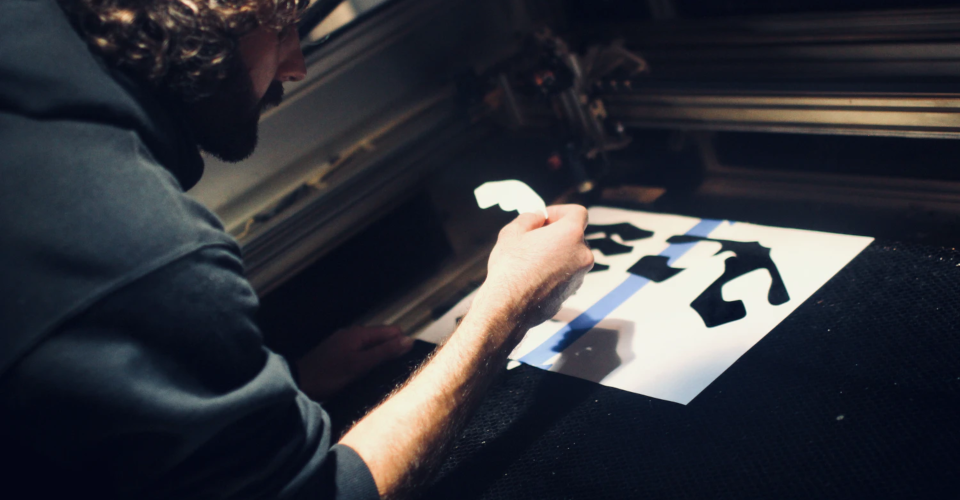Is Laser Marking A More Environment-Friendly Option for Product Labeling?
Most consumer products available nowadays come packaged with either paper labels, plastic labels, or labels that were printed directly on their containers. Even if we recognize that these labels add to consumer waste, we simply can’t go without them. A label provides branding to a product as well as relevant information to the buyer.
The coming of laser technology for product marking and labeling seemingly challenges our pre-conceived notions of how product labeling should look like. Advocates of laser marking often say that it a “greener” alternative to more old-fashioned product labeling technology? How exactly is laser marking more environment-friendly?
How does laser marking work?
As the name implies, laser marking relies on a high-powered laser to create accurate, permanent, and highly legible marks on packaging of a product. Depending on the type of laser used and the intensity of the laser, marks can either bet etched onto the surface of the packaging or just be alterations on the color of the packaging material.
Laser marking is an incredibly versatile and precise technology for product labeling. It can be customized for plastic, paper, fabrics, or even high-performance materials like wood and metal. Laser engraving machines have a much small footprint compared to conventional label equipment and can even get the job done faster. They can be easily integrated into existing automated processes and work well with high-volume product demands.
What makes laser marking a green technology?
More and more consumers nowadays are cognizant about buying “green” products and minimizing product waste. A brand that shifts to laser marking has the potential of not only gaining in their bottom line, but also improving their image. Here are some of the best arguments for laser marking being a more sustainable and environment-friendly option to product labeling.
It does not use inks

One thing that traditional labeling technology cannot do without is inks. Whether the brand and text are printed on detachable plastic labels or the product container itself, it will still use ink in some form.
The problem with inks is that so few of them are sustainable. Most inks are solvent-based, which means that they use petroleum-derived solvents as vehicles. Even the presence of the coloring pigments on paper labels render them ineligible for standard paper recycling.
Laser marking technology does away with inks entirely. Labels made using laser are so safe and sustainable that there are now medicine capsules and food products which have been marked directly with lasers. By eliminating inks from the equation, laser marking reduces our dependence on petroleum products while also reducing solid waste that is neither biodegradable nor recyclable.
No more need for paper or plastic labels
By far, the simplest way to label any product is to print them on paper and plastic and stick them onto the product container. Not only is this more expensive for the manufacturer, but it also generates even more unnecessary solid waste.
The amount of resources spent on labeling materials is huge. According to figures from Mark and Spencer, they were able to save up to 10 tons of paper and 5 tons of glue per year by making the shift to laser marking on their fruit and vegetable products.
Laser marking eliminates the need to remove paper and plastic labels in recycling facilities, making plastic container more readily recyclable. Add this to the fact that manufacturers no longer need to worry about their labels getting removed from their products, and it should be win-win situation for all parties involved.
Less production waste and rejects
Printing on paper and plastic at an industrial scale inevitably leads to loads of solid waste composed or paper trimming, rejects, and unused ink. By streamlining the entire packaging process and eliminating the need to print labels, laser marking can generate savings for the manufacturer and a reduction in solid waste.
Moreover, the non-contact nature of laser marking means less handling for the packaging materials. Theoretically, this should lead to a reduction in production rejects. By increasing the yield of the packaging process, manufacturers can enjoy greater profits while also helping address the solid waste problem.
More versatile technology
The application of labels to product packaging or printing labels to product containers requires highly specialized equipment. These machines are typically constructed for very specific objectives and retrofitting them for any other purpose is going to take a lot of work.
A laser marking or engraving machine, on the other hand, is a highly versatile tool for product labeling. It has minimal moving parts and can label containers of any shape. Having a single laser marking machine can reduce the number of equipment needed in a manufacturing facility, thus reducing its footprint and the associated costs of power consumption and maintenance.
Final thoughts
While there are a lot of companies and insiders who advocate for laser marking as a faster and more reliable approach to traditional manufacturing methods, there are not as many voices that highlight how the technology can be even more rewarding from an environmental perspective. Even in the sub-branch of product labeling, the benefits are palpable and quite staggering.
Laser marking eliminates the need for non-sustainable and solvent-based inks, as well as paper and plastic labeling materials. This alone makes manufacturing methods more sustainable. More so, laser marked product containers are more readily recyclable in standard materials recovery facilities. From a customer perspective, a brand with a “greener” approach to their manufacturing also scores some brownie points.

